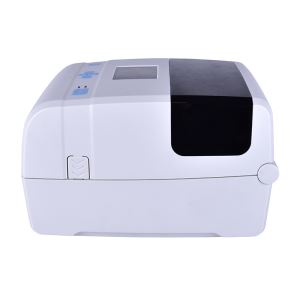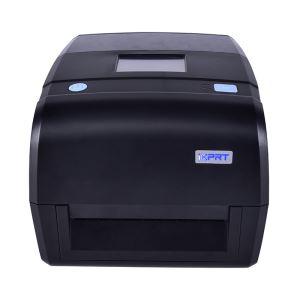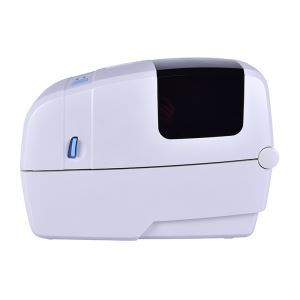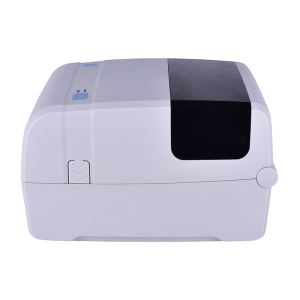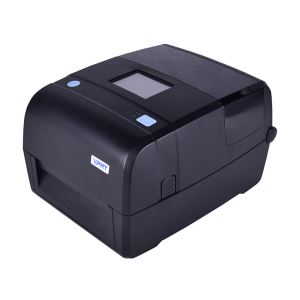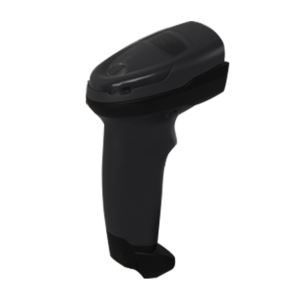The working principle of barcode scanner
The common flat barcode scanner is generally composed of light source, optical lens, scanning module, analog digital conversion circuit and plastic shell. It USES photoelectric elements to convert the detected optical signal into electrical signal, and then converts the electrical signal into digital signal through analog digital converter and transmits it to the computer for processing. When an image is scanned, the reflected light from a light source shining on the image passes through the lens and converges on the scanning module, which converts the optical signal into an analog digital signal (i.e., a voltage, which is related to the intensity of the light received) and indicates how dim the image number is. At this point the analog-digital conversion circuit converts the analog voltage into a digital signal that is transmitted to the computer. The color is quantized with 8, 10, and 12 bits of RGB tri-color, which processes the signal into the image output of the above digits. If there is a higher quantization number, it means that the image can have a richer level and depth, but the color range is beyond the ability of the human eye to recognize, so within the range of resolution for us, the effect of the barcode scanner with a higher number of digits is to connect colors smoothly and see more details of the picture.
- Previous: The Development Prospect Of Barcode Scanner
- Next: Types Of Barcode Scanners
Related News
- The Resolution Of Barcode Scanner
- Use Of Barcode Technology
- Handheld Barcode Scanner
- What Is Wireless Barcode Scanners?
- The Application Of Barcode Scanners
- Wireless Barcode Scanners
- Advantages Of Laser Barcode Scanner
- The Application Of Barcode Scanner
- Interface Types Of Barcode Scanner
- The Development Prospect Of Barcode Scanner
- Types Of Barcode Scanners
- What Are Barcode Scanners?
- How To Maintain Barcode Printer?
- Advantages Of Barcode Printers
- Bar Code Printer Development Status
- Bar Code Printer Cleaning
- iDPRT Will Show At LogiMAT 2019 Stuttgart, 19-2...
- Barcode History And Usage
- Bar Code Printer Pressure Adjustment And Fast P...
- How To Choose A Barcode Printer


